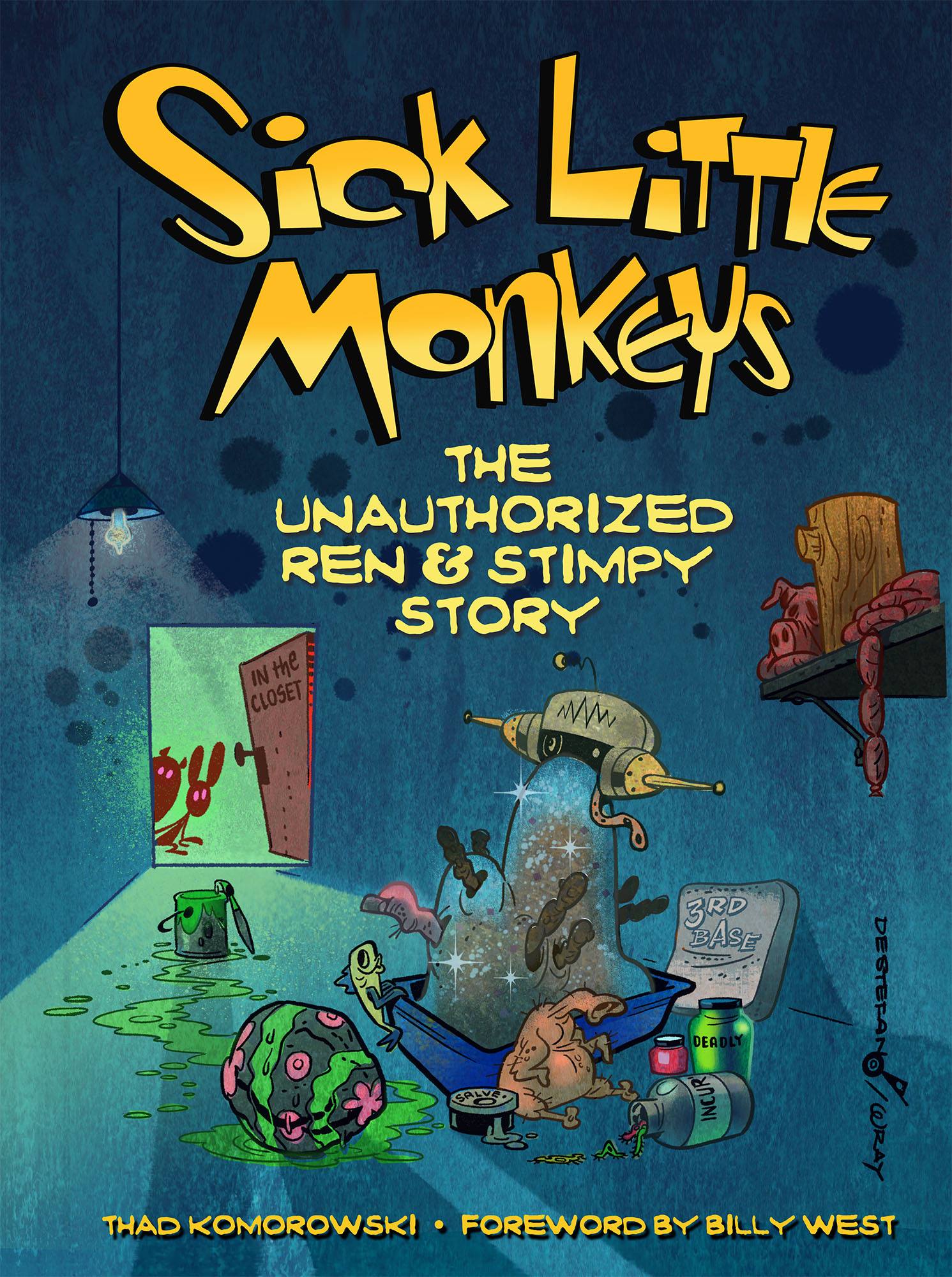That name’s been in countless Terrytoons and was actually spelt out in one of the last of the “classic” studio’s shorts. Every studio did a parody of the TV series “Dragnet”, and Police Dogged was Terry’s CinemaScope, Jim Tyer-filled answer to the craze. This is a transfer of a Technicolor Scope print I have of the title, so the original aspect ratio is preserved. (Note that since Fox distributed the Terrytoons, the actual CinemaScope logo is used.)
When viewing the CinemaScope cartoons of this period, it becomes pretty obvious most of the studios (MGM and Terry in particular) didn’t really embrace the widescreen format. There’s no discernible changes or improvements to the animated cinematography – things just get a little more spread out. (See Ranger Woodlore’s comment in Grand Canyonscope for a shockingly self-aware comment on this, for a Charle Nichols cartoon anyway.)
(Special thanks to Tom Stathes for transferring, and to Jerry Beck for giving the coolest bonus I ever received on a job.)


Great transfer!
Since the copyright on this cartoon is “Terrytoons, a division of CBS Television Film Sales, Inc.”, Connie Rasinski was serving two masters here — satisfying 20th Century Fox’s desire to push their CinemaScope process as much as possible, while at the same time making sure CBS Television Film Sales would have future cartoons that fit in the frame of your average 1950s TV screen. The latter is probably why virtually no animation happens in this cartoon outside of the area where the standard 4:3 TV image would be.
The MGM widescreens by ’56 had started using the full width of the image more, as did Gene Dietch’s CinemaScopes at Terrytoons that followed (and the final few from Disney, though to a lesser extent). It’s also why those cartoons look so gawddamned awful on TV all these years, while the first two seasons of Terrytoons CinemaScopes are simply bad for the normal Terrytoons reasons (Good Deed Daily, really?), and are only noticeable as widescreens because the characters are a tad more angular in the past, and tend to ‘float’ more than in Terry’s standard aspect ratio shorts, since no pan-and-scan is really needed.
This film is new to me; thanks for all the work in getting it to your site. Tyer did a lot of good work, trying hard to keep the character on model.
Too bad they didn’t try to do a “Noir” animated film; it was a real movement at the time, but the people at Terry’s were probably unaware it was going on. All the characters do have shadows; just a few shadows on the BGs would have made all the difference.
The best use of scope at Terrytoons was in R.O. Blechman’s JUGGLER FOR OUR LADY directed by AL Kouzel. Unfortunately, it’s hard to find a scope print, and it doesn’t read well on the small screen – except in flat pan and scan.
This is an odd li’l thing, but it made me laugh several times. It’s weird to see that lumpen Terry style in a wide-screen format. I love the cartoon logic demonstrated throughout–tracing a call by squeezing into the phone receiver, etc. It has a dreamlike quality that’s really appealing.
Some more subtle-than-usual Tyer animation, esp. in the closeup of the stool pigeon who calls Clancy…
Thanks for sharing this rarity!
It’s interesting to see an “old school” Terry short in widescreen format. Thanks for sharing! Interesting that alot of the characters have a rather angular design.
Who did the backgrounds? Bill Hilliker?
“Unfortunately, it’s hard to find a scope print, and it doesn’t read well on the small screen – except in flat pan and scan.”
There was an IB Scope print of that short on eBay few weeks back. Regrettably I didn’t bid on it. Oh well.
I loved that”sleeping city” panarama in the opening.That,and the stoolie’s shifty eyes.Some of this short gave me the impression that someone at the studio had just screened Tex Avery’s “Who Killed Who?”.
I think Disney cartoons were the only ones that took advantage of cinemascope. Still, I never saw the point of cartoons in such a wide aspect ratio.
I have to agree Ricardo, the original aspect ratio seems perfectly suited to animated cartoon composition.Since cinemascope required bigger cels, larger background paper,along with the necessity of the background painter to fill in a lot of extra dead space, it just seems to me that all of this was adding to the cost while most studios were cutting their budgets. The cinemascope format also limited its TV sale value, which is where some of the studios (like Depatie-Freling)were recouping part of their investment. Instead of enhancing the theater-going experience, I think these factors really helped kill off shorts production altogether.
I enjoyed this! Thanks for sharing it. Another fun example of Tyer’s creativity.
I saw the Grand Canyonscope cartoon. That snide remark on cinemascope was funny and just emphasizes what John said. All you are doing is filling out empty space. I will admit the backgrounds did look lovely in cinemascope but it ultimately does nothing for the picture.
It’s great to be able to watch this cartoon in its original CinemaScope format.
Great Jim Tyer animation.